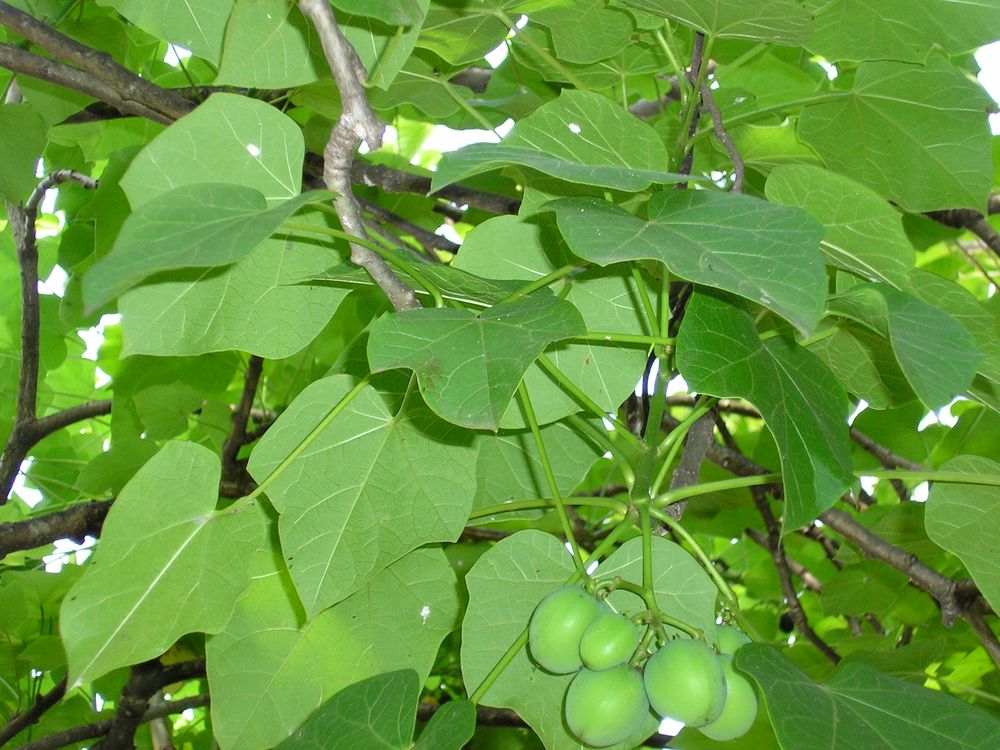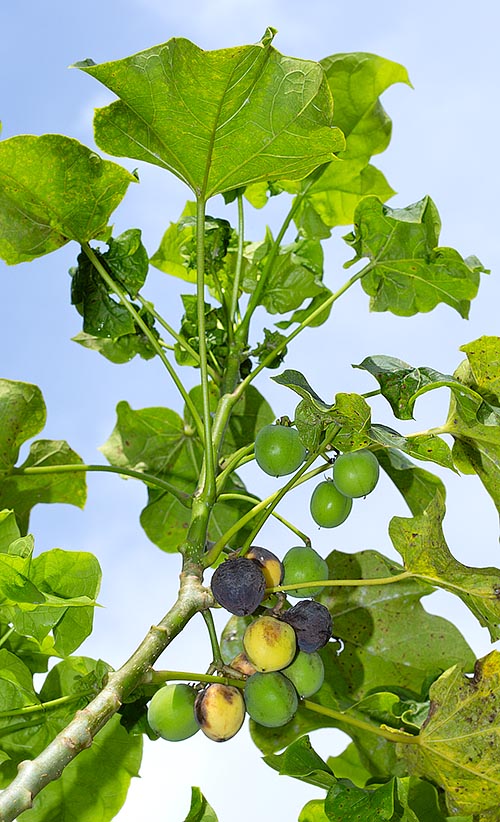
Mission Biofuels India Private Ltd
Add a review FollowOverview
-
Founded Date March 24, 1950
-
Sectors Engineering, Information Technology
-
Posted Jobs 0
-
Viewed 35
Company Description
Pests Of Jatropha
Jatropha Curcas is acquiring significance commercially as the demand of fossil fuels increases significantly and likewise Jatropha is an environmentally friendly energy plantation. Plantation of this plant is considered to be an excellent fuel alternative and it is also really affordable compared to other fuels. Recently, Jatropha is facing some problem with insects and diseases. The insects are classified into 2 varieties: Pest that affect young plants and Pest that affect matured plants.
Young plant insects: Cutworm, Scarabeid Beetle, Army worm, Grasshopper.
Agrotis ipsilon: It is frequently called Cut worm. This pest impacts the seedlings and young Jatropha plants. If the plant is impacted by the cutworm, the stem gets cut nearer to the soil surface and this will diminished the plant completely.
Control: This pest can be controlled by choosing the larva discovered around the plants or by mixing the bran, sawdust with insecticides.
Scarabaeid Beetle: This bug destroys the root of the young plant. Initially, the larva consumes the raw materials present in the soil and after that comes to the root. The larva attack might kill the entire plant.
Control: The plant with excellent resistance power can overcome the bug. For heavy attack, insecticides with elements carbosulfan and carbofuran can be used to eliminate the insect.
Army worm: Spodoptera litura presence can be identified by biting in the leaves. The severe infection could entirely eliminate the plants.
Control: Insecticides are used to manage the bugs.
Grasshopper: This is common bug discovered in a number of plants. Valanga nigricornis and Locusta migratoria widely attacks the plant. The bug frequently attacks the young plant.
Control: The insecticides used betacyfluthrin, cypermethrin, thiodicarb, MIPC, and fipronil.
Pest observed in mature plants:
Pest of Stem: Ostrinia furnacalis, Xyleborus spp.
Ostrinia furnacalis and Xyleborus: This pest damages the Jatropha stem and it is extensively seen in Indonesia. The by this insect normally fall down. The existence can be identified by the larva penetration hole at the stem.
Control: The Insecticide typically used to manage this insect is carbofuran.
Pest of leaf: The typical bugs observed are leaf caterpillar, Neetle caterpillar, Leaf hopper, Mite, Ear corn caterpillar.
Leaf Caterpillar: This insect can eat all the leaves of the plant simply put duration. The quality and yield of the seeds get reduced due to the heavy attack.
Control: This can be controlled by picking the old larvae around the surface and throwing away the attacked leaves.
Needle Caterpillar: This caterpillar is covered with spinal columns and produces a burning experience when allowed to call with skin as it produces certain chemical compound. Initially the insect crowded in the leaf and after that spread out all over the plant when it grows older.
Control: Manually, the pest can be killed just by soaking it in water or kerosene. The heavy attack can be controlled by spraying organophosphate insecticides.
Leaf Hopper: This pest is found primarily in tropical and subtropical regions. The bug targets the leaf and draws all the nutrients of the leaf and gets curls at the pointer. Later, the entire leaf dry and pass away.
Control: The heavy attack can be controlled by using insecticides like imidachloprid, beta cyfluthrin or carbosulfan.
Mite: Mite also attacks the leaf and makes the entire plant weak. The bug presence can be determined when the leaf ended up being yellow-colored, shrinks, turns red and fall down. The insect can likewise be spread through fallen leaves.
Control: Some preventive measures can be done like correct sanitation and burning the fallen leaves. Heavy attack can be dealt with by spraying insecticides.
Some terrible pest which attacks flower and fruit are, Stink bug (Nezara viridula)
Chrysocoris javanus, Tip borer caterpillar.
Stink Bug: Sting bug is a major bug which attacks the plant during bloom period so the crop yield totally drops. This insect is seen around the tropical region.
The toxic enzyme in the plant diminishes the entire plant.
Control: Insecticides recommended for this pest is chlorfluazuron, diflubenzuron, alfamethrin, and lamda cyhalothrin.
Tip borer caterpillar: The pests typically takes place attacks the plant in flowering season and this bug is seen commonly in tropical areas. The female bug laid the eggs on the tender part of the plant and the young larvae feed the young fruits and plant ideas.
Control: Manually, the assaulted seeds are recommended to burn. The insecticides like monocrotophos and bensultap are sprayed at the blooming season.




